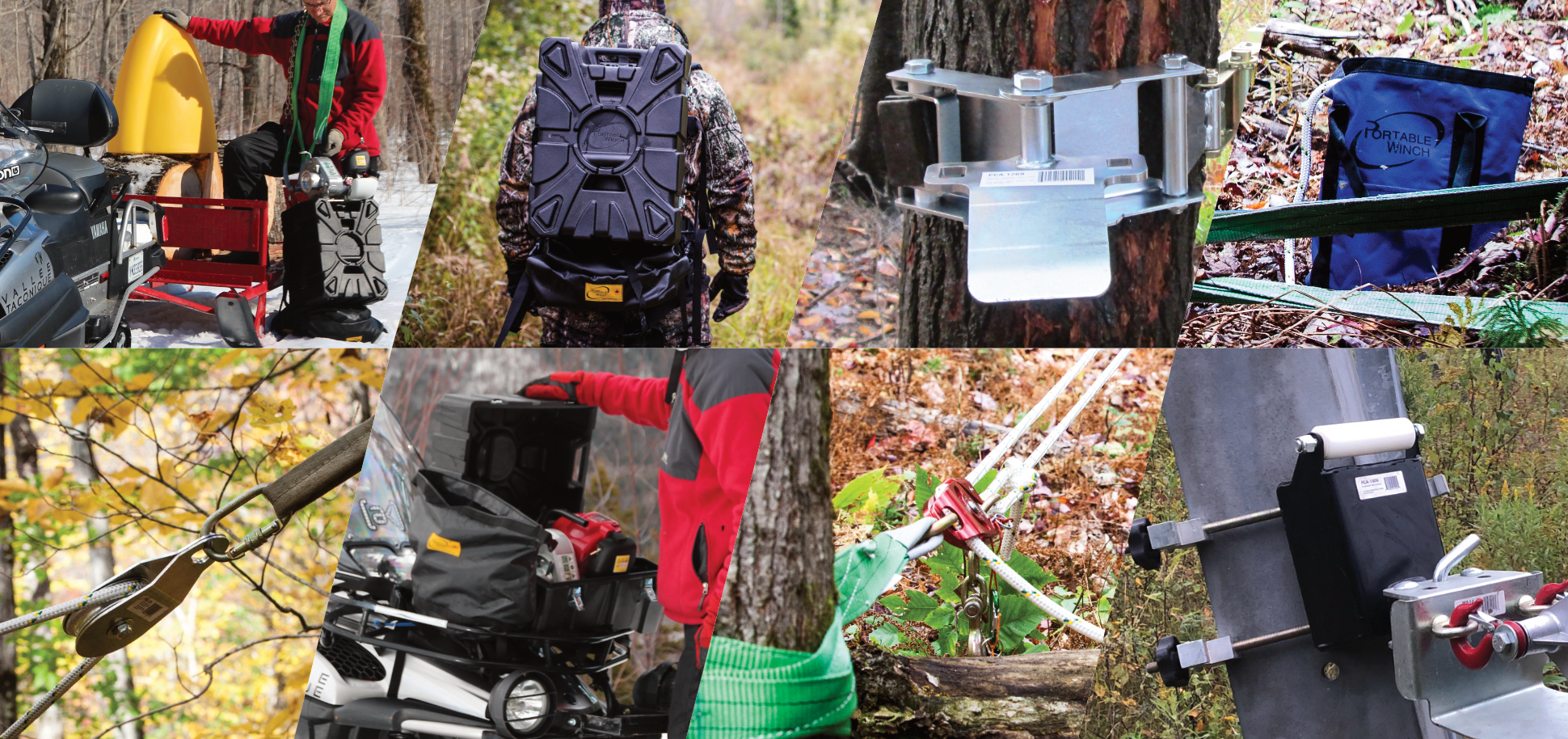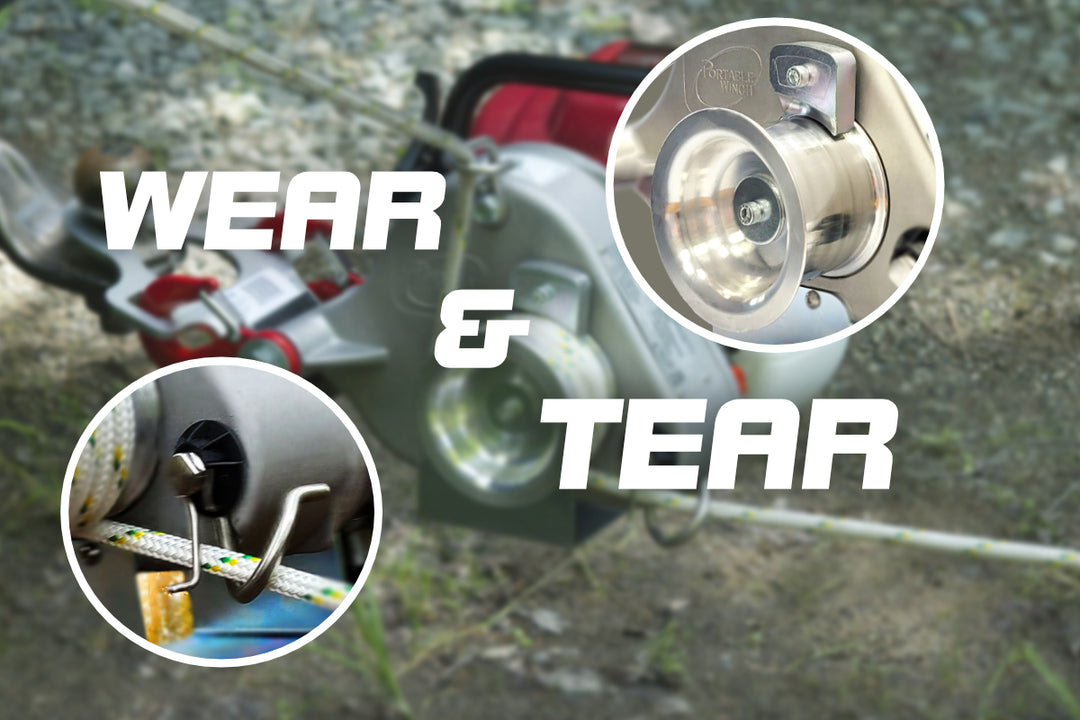Safety Factors - How to calculate the MBS
Equipment manufacturers rate their goods’ resistance according to their breaking strength, which is established during a destructive test. It is the point where the piece of equipment may break, which means to never use a force close to the rated minimum breaking strength.
The equipment should be used considering an appropriate safety factor. The working load limit (WLL) is generally the minimum breaking strength (MBS) divided by the safety factor (SF):
WLL = MBS/SF
The safety factor is determined by the operator according to the following criteria:
- The level of danger for human life and for property;
- The reliability of the material and rigging equipment as well as their age and condition;
- The load condition; static, variable, impact loading (rope kickback);
- The level of awareness of the load weight to be moved;
- The type of application.
For example, lifting goods requires a higher safety factor than pulling non-rolling goods on the ground. Besides, lifting operations are often subject to standards, laws and regulations.
It is therefore essential to refer to the local regulations applicable to your area.
EXAMPLES OF SAFETY FACTORS
| PULLING | LIFTING | FOR CORDAGE | IF A LIFE DEPENDS ON IT |
| 2 TO 3 | 5 TO 6 | 7 TO 20 | 10 |
When pulling, the safety factor is relatively low (2-3 times) because the risk of serious accidents is much lower.
However, when lifting, higher safety factors are recommended; at least 5 for fixed equipment (e.g. pulleys and carabiners) and at least 7 for moving ropes, since they can be easily damaged.
If the operation is life critical, the recommended safety factor is 10.
* Read more about carabiners' breaking strengths. This piece of equipment needs to be chosen carefully in accordance with your right safety factor.










Leave a comment